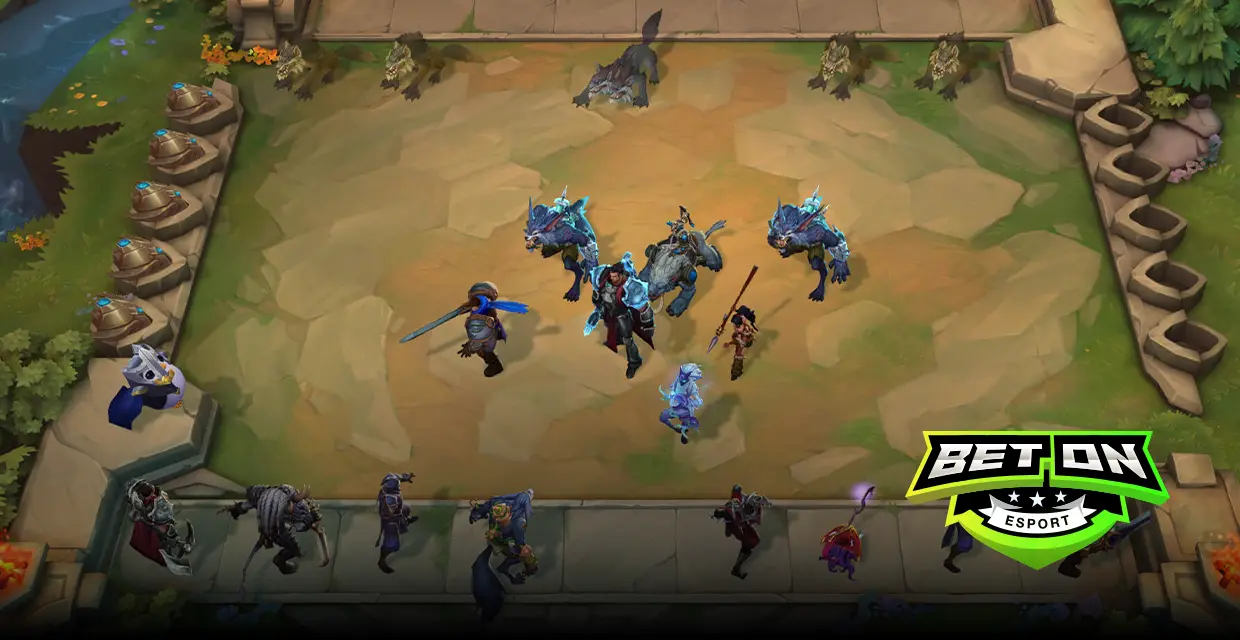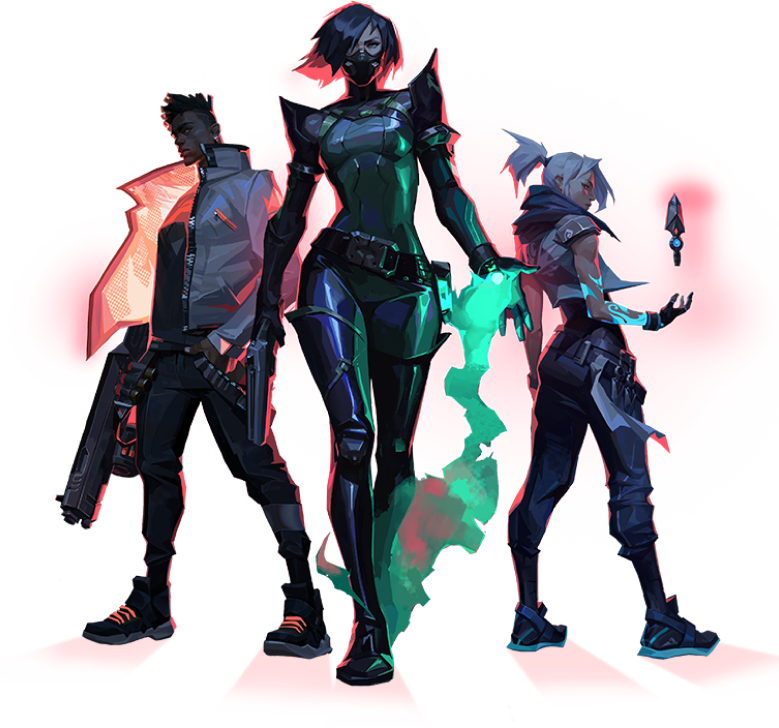


Teamfight Tactics, the mini-big auto battler from Riot Games, is what you just queued up for. The game is all about building teams, making items, cursing your luck, and praying your dragon comes before you die. The only thing that happened is that you pressed "Ranked." That means there are TFT ranks, LP, and divisions. Iron today, dreaming of Challenger tomorrow.
So let’s break it down. How do TFT ranks work? How can you climb them? And, what is more, if it were possible, how could you get out of being stuck in Silver forever?
Welcome to your non-stop guide to TFT ranks, explained in a way even your little legend can understand.
If you imagine TFT ranks as levels of a tower, then you are right. Iron would be your starting point, and then through Bronze, Silver, Gold, Platinum, Emerald, Diamond, Master, Grandmaster, you would finally get to Challenger.
Each rank from Iron to Emerald comes with four divisions (e.g., Gold IV → Gold III → Gold II → Gold I). The moment you get to 100 LP (League Points) in your current division, you are promoted to the next one.
LP can be compared to a progress bar. It is conceivable to think so since LP is what you get after a good placement of the top four in a match. Moreover, the higher you finish, the more LP you are awarded. It is a small boost that makes finishing 1st great. On the contrary, if you finish 8th, then it’s a disaster.
The five divisions you will see in Master don’t exist anymore. Comparisons will only be made in terms of LP among players on your server. Grandmaster and Challenger are “reserved” only for the very best players. To illustrate it, in North America, the first 750 become Grandmasters, and the top 250 reach Challenger.
The slope does indeed get very steep on the climb. But that’s what makes it so enjoyable.
Ranking up in TFT is not just a matter of luck anymore. It is about making small, intelligent decisions at each round, each choice, and each unit placement.
Ranking up in TFT looks like this:
TFT rank tiers are a reflection of skills most commonly found at these levels, as well as mistakes made by players at these ranks. Let’s discuss what they actually imply.
So, TFT starts up your journey. At this point, you should centre your training on core mechanics:
Do not feel that at this point you have to play every comp. You should focus on one or two which you already have a good understanding of. For instance, one AD (attack damage) comp like Kalista or Jinx, and one AP (ability power) comp like Ryze or Ahri.
Becoming proficient in only two comps will enable you to learn positioning, item choices, and game pacing, without getting too loaded with information.
Frequently a mistake? The urge to "flex" quickly. Indeed, pros emphasize the importance of flexibility, but building fundamentals comes first. You can’t flex if you’re not skilled enough.
You’re no longer a beginner. You get what items, levelling, and comps mean. Still, to climb here requires you to learn a new skill: adaptation.
Too many players at this level are trying to force the same comp over and over in their games. Maybe it’s Ryze, maybe it’s Kalista, maybe it’s “whatever YouTuber said was OP this week.” But TFT doesn’t care about guides; it cares about what’s in your shop.
Here is how you can handle this:
It is a major landmark to get to the Master rank. After that point, any small error is very costly. Not scouting a single round, moving your carry just one hex in the wrong direction, or taking the wrong augment may result in losing the whole match.
At this tier:
You are no longer just playing TFT; you are learning it. That’s the main difference between Masters and Challenger.
In case you like shorter games, TFT offers a mode known as Hyper Roll. It features a separate ranking system — Grey → Green → Blue → Purple → Hyper. Instead of LP, you get or lose points. The mode is quicker and more straightforward; thus, it is a nice way to train new sets or comps without the worry of rank dropping.
Getting high ranks in TFT is not merely a lucky shot but a combination of clever choices, being flexible, and waiting your turn. If you are trying to get out of Silver by winning or you want to reach the top of Challenger, knowing how LP, comps, and Meta shifts work can be the difference in an entire game. Keep practicing, take lessons from every sports game, and the point is that you cannot lose without learning something, so the next time you will be winning smarter.
TFT has nine ranks, namely: Iron, Bronze, Silver, Gold, Platinum, Emerald, Diamond, Master, Grandmaster, and Challenger. In addition, Iron to Emerald each has four divisions.
You should concentrate on always finishing in the top four, playing as much as possible, and adjusting your comps to items and augments. Watching opponents will enable you to know which builds are not contested.
Ranks get reset with every new set. Although you will be starting at a lower level, your hidden MMR will remain more or less the same, hence it will still be easy for skilled players to climb quickly.
In ranked, LP and divisions are used, while Hyper Roll is quicker, with ranks going from Grey to Hyper. This means that you can use it to experiment with your strategies without the risk of losing LP.
